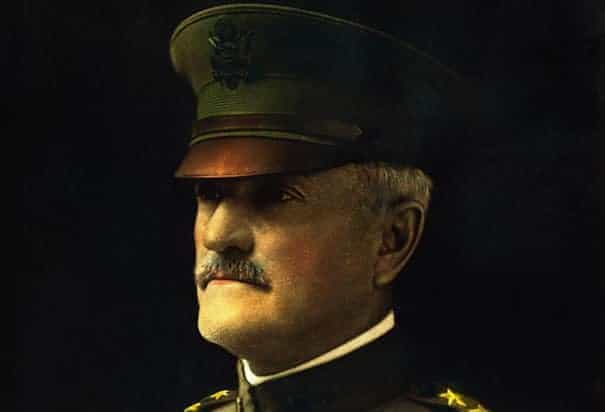Many people fortunate enough to find success in life know they’ve begun to make an impact when they start receiving criticism from those around them. That’s the moment you know you’ve arrived – when you realize others are trying to bring you down.
For John Pershing, taking a stern lead and making drastic calls on the battlefield may have seemed rash and unheard of to the more conservative types in his day. And perhaps they were. But there’s no denying that his legacy left behind some great advances in history, enough to make his work a suitable guide for future generals to follow in his footsteps.

Starting His Leadership through Higher Education
Pershing was a dedicated student at a school in Laclede, reserved for precocious students who also happened to be the children of prominent citizens. Graduating from high school in 1878, he later became a teacher of local African-American children.
In 1880, Pershing attended the North Missouri Normal School in Kirksville, Missouri before applying to the United States Military Academy two years later. He admitted that serving in the military was actually his second choice of vocation, after attending West Point, and he had applied because the education available was better than any other obtainable in rural Missouri.
Pershing was officially sworn in to become a West Point cadet by Fall 1882. Selected early for leadership, he also successively became First Corporal, First Sergeant, First Lieutenant, and First Captain, the highest possible cadet rank. Beyond these many highlights, Pershing also commanded ex officio, the West Point Honor Guard that escorted the funeral procession of President Ulysses S. Grant.

After graduating from West Point, Pershing was commended by the Superintendent, General Wesley Merritt, for his high leadership skills and possessing “superb ability.”
Pershing initially wanted to request time to study law and delay his commission into the Army. He applied for a furlough, but decided to withdraw anyway in favor of active Army duty. Thereafter, Pershing was commissioned a Second Lieutenant in the United States Army at 26 years old.
Click Next to Read More

